Community Forklift, a non-profit recycling/reuse warehouse near Washington, D.C., has been operating since 2005, offering pre-used doors, windows, flooring and light fixtures for sale at big discounts.
Operations like Community Forklift are likely to increase across the United States as several American municipalities follow the lead set in 2016 by Portland, Ore., and transition away from demolition and towards deconstruction ordinances.
, and now have deconstruction policies in place. Baltimore, Tacoma and more than two dozen other U.S. municipalities are debating similar proposals.
In its titled, Circularity in the Built Environment: Maximizing CO2 Abatement and Business Opportunities, McKinsey Global writes, “There is an opportunity to transition from current consumption and production patterns to a more sustainable circular approach.”
The report quantifies the potential for CO2 abatement and the potential net value gain across nine circularity loops for six key building materials: cement and concrete, steel, aluminum, plastics, glass and gypsum.
“The results show that circular loops could abate 0.5 to 0.8 gigatonnes of CO2 (Gt CO2) in 2030 and between 3.4 and 4.0 Gt CO2 in 2050.”
In dollar terms, McKinsey suggests the economic gain from embracing the circularity of materials could be in hundreds of billions of dollars by 2050.
Although likely a surprise to Jonathan and Drew, stars of HGTV’s Property Brothers, a from Chicago-based Delta Institute suggests up to 95 per cent of materials from a typical home demolition can be reused or recycled
What is required is a shift away from swinging sledgehammers. Building, and then later destroying and disposing of construction materials must be replaced by the less resource-intensive “3R” concept of reusing, recycling, and repurposing. As simple as that sounds, it’s challenging to implement on a large scale.
The lack of 3R awareness is contributing to the growth of construction waste from demolitions.
Architect Brad Guy, owner of Material Reuse LLC, if current trends continue, 886 million tons of waste will be created each year by 2040, according to EPA estimates, “the equivalent to a landfill with the height of a 190-storey building covering the footprint of Central Park.”
That’s why city ordinances mandating deconstruction are so important. Some only cover older residences slated for replacement. Others, like those issued by the City of Palo Alto near San Francisco, have gone further.
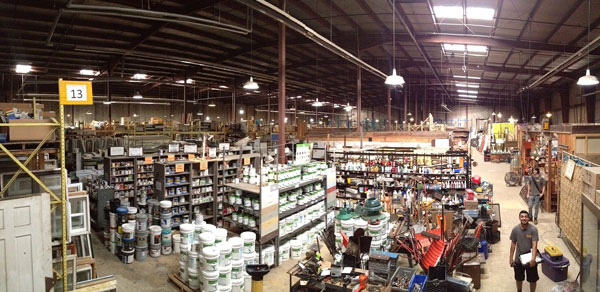
Four years ago, of Palo Alto’s landfilled waste came from construction and demolition projects. Recognizing that nearly all this material was suitable for reuse or recycling, Palo Alto’s Deconstruction Ordinance was put into effect on July 1, 2020.
Aiming to maximize reuse and recycling of building materials and components, the ordinance affects both residential and commercial projects where structures are being completely removed, formerly known as “demolition.”
By the end of year 2022, the city 92 per cent of residential deconstruction material alone was either salvaged for reuse or recycled.
The City of Boulder, Colo. has demonstrated that deconstruction followed by reuse and recycling need not be limited to residential buildings.
The former Boulder Community Health Hospital building and property was purchased by the city in 2015 with the objective of addressing critical affordable housing needs in the area. It sat empty for the next four years. The city then commenced the deconstruction process, which was completed in the fall of 2023.
As r, “a large percentage of material was reused, and several auctions were held to direct pumps, motors, doors, fixtures and more to new uses rather than the landfill.”
Steel from the old structure was reclaimed for construction of a new fire station and other nearby community projects.
Overall, 30 million pounds of material was redirected from landfills for reuse or recycling, representing nearly 94 per cent of the original building. As reported by the deconstruction process took eight months longer and added 20 per cent to overall labour costs versus traditional demolition. However, the city says some of that will eventually be offset by the sale proceeds of the salvaged materials.
What is notable is repurposing will take the form of more than just recycled material. The hospital’s former property will form part of a reshaped development.
The city this as a 70-acre neighbourhood of “new affordable and market-rate homes in a range of housing types and the future location of the Western City Campus to serve customers and house municipal functions.”
This includes “indoor and outdoor public spaces, new streets and paths, sustainable solutions for infrastructure and buildings, increased tree canopy, a greenway for flood conveyance, easy-to-use travel options, and managed parking.”


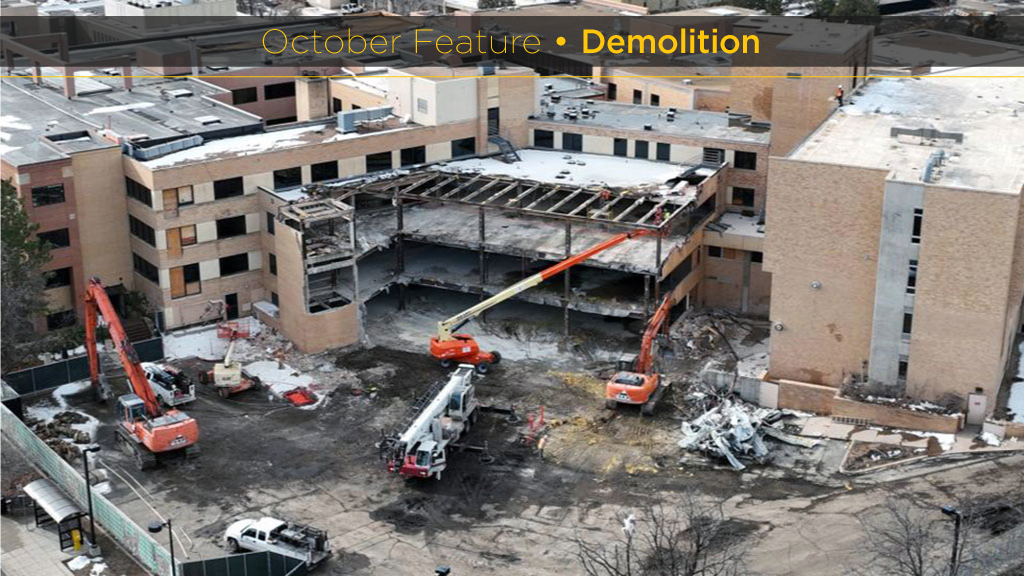

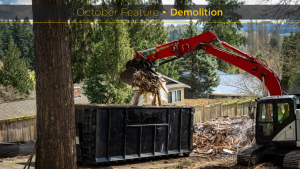


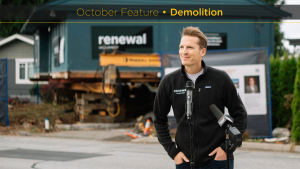


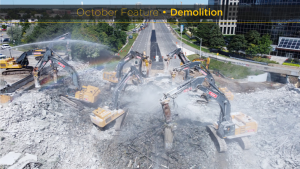
Recent Comments
comments for this post are closed